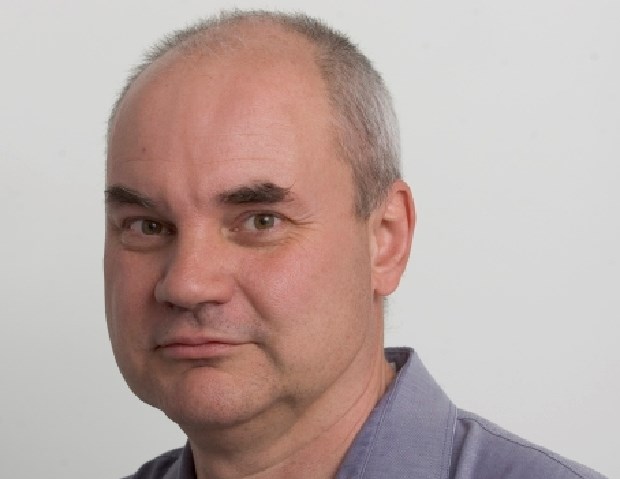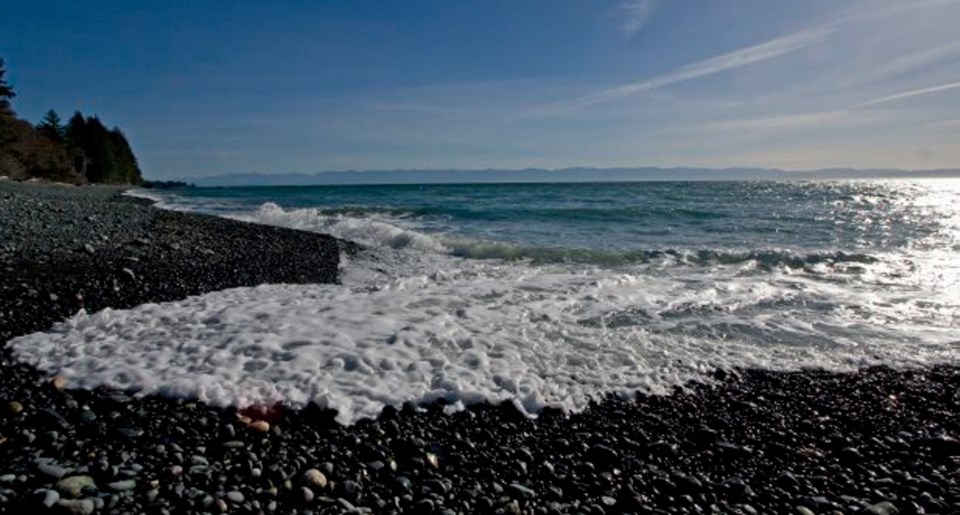 Everything is back to normal, so Sooke residents can relax now.
Everything is back to normal, so Sooke residents can relax now.
Or, rather, they can’t. Time has sped up again.
For a week in late April, some people from Sooke to Port Renfrew detected a strange phenomenon. Their electric clocks were running slow, losing maybe five, 10, 15 minutes a day.
Realtor Tim Ayres, 40, noticed the alarm clock he had received as an eighth birthday present was lagging, but just figured it was finally showing its age. Likewise, Shannon Moneo assumed the clock in her kitchen was starting to fail, but then noticed others in her house were slowing, too. Then Facebook lit up with scores of stories of people who couldn’t figure out how they ended up being late for work, or whatever.
It turns out this was tied to work being done on a transmission line connecting to B.C. Hydro’s Jordan River substation. With the area temporarily “islanded” from the rest of the western North America grid, electricity didn’t come in at the steady 60 hertz to which digital clocks are calibrated (caution: this explanation is being filtered through a writer whose grasp of electrical engineering is roughly equal to that of a 1940s cargo cult), causing plugged-in timepieces from Sooke and beyond to fluctuate until order was restored last week.
Something similar happened in Tofino in 2015, when Hydro was upgrading the power supply to the west coast of the Island. Nobody seemed terribly bothered about the slowdown, though (other than one guy who got yelled at for phoning a friend at what he thought was 9 p.m. but turned out to be 9:45). Remember, this was the place that gave us Tofino Time, a state of mind in which visitors are urged to take a deep breath, feel the sand between their toes and skip rocks/cellphones across the surf at sunset.
In fact, you can argue that most of Vancouver Island has a keen appreciation of deceleration.
I have written about this before: The Island is the home of old hippies and older retirees, a destination for rat-race refugees whose only remaining dream is to swap shoes for sandals. Victoria itself is a town of early suppers, weed shops on every corner and Slow Down, This Ain’t The Mainland bumper stickers stolen from Hawaii. Where others see indolence as the devil’s work, we chase it — albeit in unhurried fashion — as a life goal.
How breakneck is our pace? Our municipal councils are currently, albeit cautiously, debating the merits of cutting speed limits to 30 km/h. Our boats have paddles and sails, not motors. We invented the two-sailing wait. Under “adventure tourism,” we list Butchart Gardens. Other Canadians are wary of grizzlies, wolves and rattlesnakes, but green-thumbed Islanders (the most patient of hobbyists) save their fear for the banana slug, the pokiest of predators.
So, you would think that people in Sooke would celebrate when gifted a few extra minutes in the day.
Not this year, though. This year, even Islanders find time is dragging excruciatingly slowly. For wherever you go, the same two questions are heard: “When can I get my shot?” and “When will things get back to normal?” In both cases, the answer is “Not soon enough.”
Our vaccination rate is, in fact, well ahead of that of most of the world, though being privileged people from an affluent country we tend not to notice that and use the U.S. as our only yardstick instead.
We also appear to be ahead of schedule. At the beginning of March, the province said every adult who wanted a vaccine should have a first dose by mid to late July. Now, with vaccine deliveries accelerating and the first-shot rate nudging past 40 per cent, they say it should be mid-June. That’s good news, even if, with the water rising, it still feels like you’re shuffling along in a slow-moving queue for the lifeboats.
Oh, if only the clocks would speed up, we tell ourselves. If only there were a snooze alarm that would take us to when this is over.



